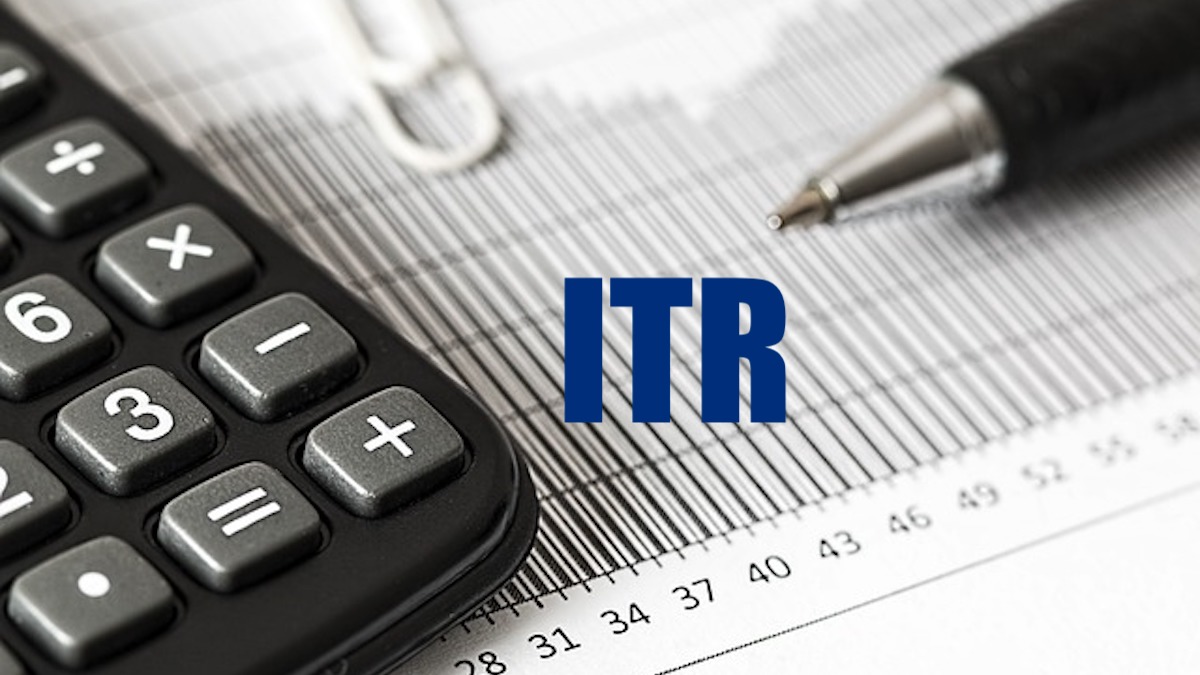July 31, 2024, is the critical deadline for the majority of individual taxpayers to file their Income Tax Return (ITR) for the Financial Year 2023-24 (Assessment Year 2024-25). This deadline is mandatory for individuals and Hindu Undivided Families (HUFs) who are not required to undergo a tax audit.
Missing the deadline can lead to financial penalties and the loss of important benefits. If you are filing on the final day, here is a essential last-minute checklist to ensure a smooth, penalty-free filing process and to claim all eligible deductions.

Why Filing Today is Crucial: The Cost of Missing the Deadline
-
Late Filing Fee (Section 234F): Filing after July 31st will attract a mandatory late fee.
-
₹5,000 if filed by December 31, 2024.
-
₹10,000 if filed after December 31, 2024.
-
(A reduced fee of ₹1,000 applies if your total income is below ₹5 lakh).
-
-
Loss Carry-Forward Forfeiture: This is a significant drawback. If you file after the deadline, you cannot carry forward any losses (except house property loss) to set off against future income. This can lead to a higher tax outlay in subsequent years.
-
Interest on Delayed Payment (Section 234A): If you have unpaid tax liability after accounting for TDS and advance tax, you will be charged interest at 1% per month until the date the return is actually filed and the tax is paid.
-
Delay in Refunds: If you are eligible for a tax refund, filing late will naturally delay the processing and receipt of that refund.
Last-Minute ITR Filing Checklist: Don’t Miss Anything
Before you hit the submit button, cross-verify this list to ensure your ITR is accurate and complete.
Step 1: Gather Your Documents (The Proof)
-
Form 16: Provided by your employer(s), this is your primary document for salaried income.
-
Form 16A/16B/16C: For TDS deducted on income other than salary (e.g., interest from fixed deposits, rent received, sale of property).
-
Form 26AS: Your consolidated annual tax statement. Download it from the TRACES portal. It shows all TDS deducted against your PAN, advance tax paid, and other financial transactions. Ensure it matches your Form 16 and other documents.
-
Bank Statements & Interest Certificates: For interest earned from savings accounts, fixed deposits, and recurring deposits.
-
Capital Gains Statements: From your broker or mutual fund house for any sale of stocks, equity funds, or other capital assets.
-
Aadhaar-PAN Link: Confirm your Aadhaar is linked to your PAN. ITR cannot be filed without this.
-
Home Loan Statement: If you have a home loan for which you are claiming deductions.
Step 2: Verify All Sources of Income (The 5 Heads of Income)
Ensure you have reported income from all these sources:
-
Income from Salary: From Form 16.
-
Income from House Property: Rental income or interest on home loan (for let-out or self-occupied property).
-
Income from Business/Profession: For businessmen, freelancers, etc.
-
Income from Capital Gains: Profit/Loss from sale of property, shares, mutual funds.
-
Income from Other Sources: Interest income, family pension, etc.
Step 3: Don’t Forget to Claim These Deductions (Chapter VI-A)
This is key to reducing your taxable income. Ensure you have proof for all claims.
-
Section 80C (₹1.5 Lakh): Check contributions to EPF, PPF, ELSS mutual funds, life insurance premiums, children’s tuition fees, principal repayment on home loan, NSC, etc.
-
Section 80D (Health Insurance): Premiums paid for self, family, and parents. (Up to ₹25,000 for self/family; additional ₹25,000/₹50,000 for parents depending on their age).
-
Section 80CCD(1B) (NPS): Additional ₹50,000 deduction for self-contribution to NPS.
-
Section 80G (Donations): For eligible donations to charitable institutions.
-
Section 24(b) (Home Loan Interest): Deduction of up to ₹2 lakh on interest paid for a self-occupied house property.
-
HRA Exemption: Ensure you have rent receipts and proof of payment if claiming House Rent Allowance exemption.
Step 4: Final Review Before Submission
-
Pre-fill Data: Use the ‘Pre-fill’ option on the income tax e-filing portal to automatically import your data from Form 16/26AS. However, always cross-verify this data manually.
-
Choose the Correct ITR Form: Most salaried individuals with one house property and income from other sources use ITR-1 (Sahaj). If you have capital gains or more than one house property, you likely need ITR-2.
-
Calculate Tax Payable/Refundable: The portal will calculate this based on the data you enter. Ensure you have paid any outstanding tax liability before filing the return to avoid interest.
-
E-Verify Immediately: The return filing process is only complete once you e-verify your return. This can be done instantly using Aadhaar OTP, net banking, or other methods. You have 30 days to verify, but doing it immediately prevents the return from being considered invalid.
Where to File: Visit the official Income Tax e-Filing portal – https://www.incometax.gov.in/iec/foportal/
Note for Audited Cases: Businesses and professionals requiring a tax audit have a later deadline of October 31, 2024.